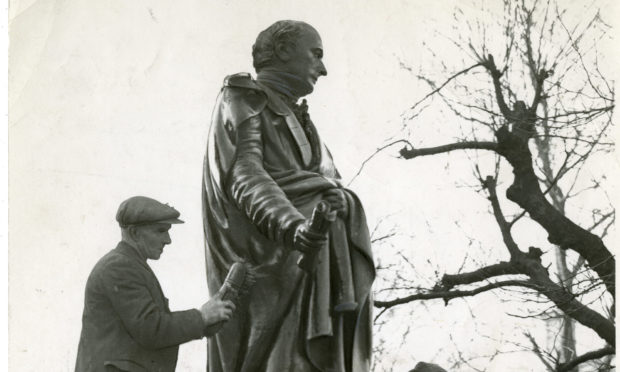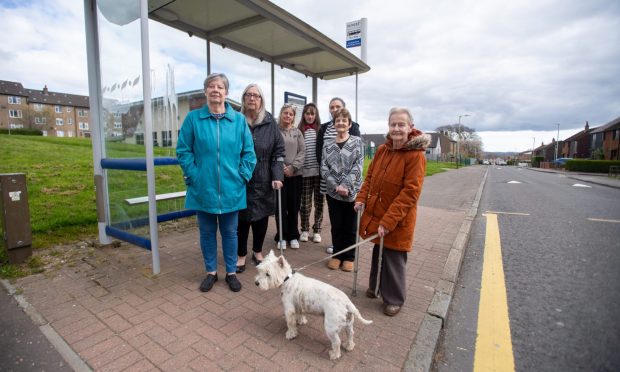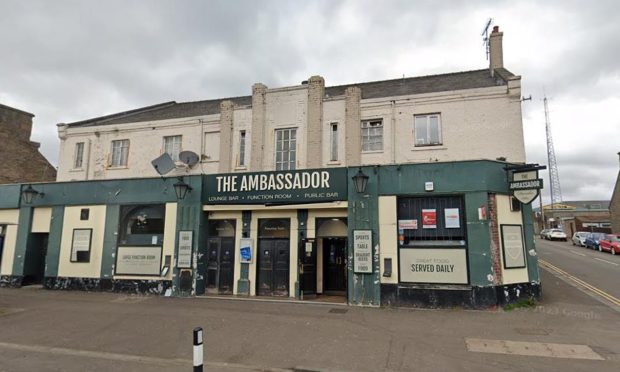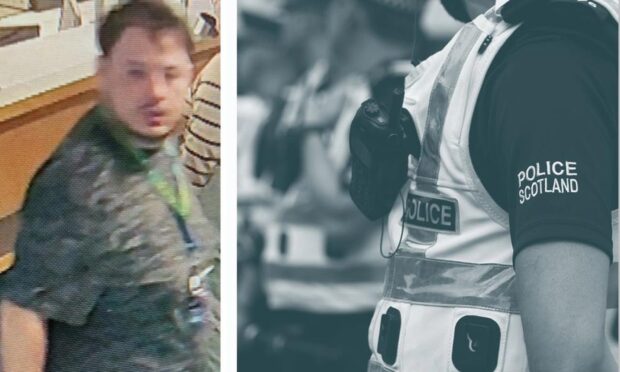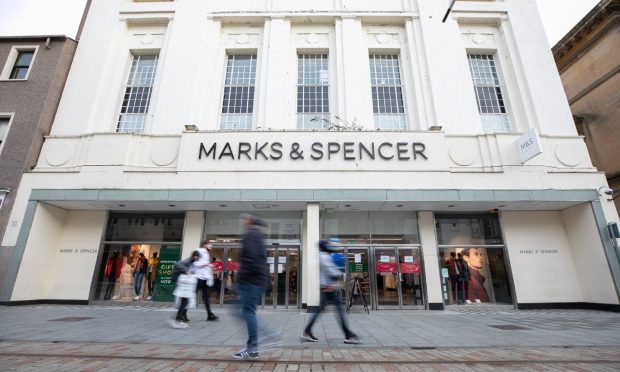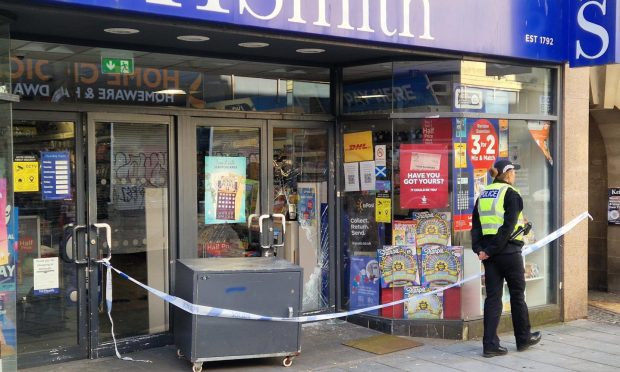Fears are growing anti-racism campaigners may “mistakenly” target and vandalise a Dundee city centre statue over the coming days.
Online campaigners ‘Topple the Racists’ have put the Albert Square statue of George Kinloch on a list of UK monuments that “celebrate slavery and racism.”
A local history enthusiast believes the campaigners may have got the wrong man, arguing the noted 18th century political reformer Kinloch actually took a stand against racism and slavery.
History fan Graham Ellery said: “There are people online who are willing to go out and damage statues. That is a recipe for violence, damage and destruction.”
Mr Ellery said the Topple the Racists website had removed one entry on its list as they identified the wrong historical figure and had edited other entries after being alerted to inaccuracies in their work.
Mr Ellery argues George Kinloch – who was exiled for sedition for his radical political views in support of extending the vote to working people – stood against slavery.
He gave a speech to Dundee voters in 1831 that set out his anti-slavery views, Mr Ellery said.
Kinloch turned 21 in 1796, inheriting his family’s Jamaican sugar plantation, which was worked by slaves.
“My view is he got rid of it as quickly as he was able to,” Mr Ellery said.
“He had sold by 1804 and bearing in mind transactions took a lot longer then. He does have a positive legacy. Through fate he inherited a property, but he went on to take a strong stance based on his principles.”
Matthew Jarron, secretary of the Abertay Historical Society, said George Kinloch was “a particularly complex figure.”
“His statue was erected after decades of campaigning by the working classes in Dundee to celebrate his important role in securing workers’ rights and fighting to allow working men to have the vote, even though it meant having to flee the country to avoid arrest at a time when radicals and reformers faced political and legal persecution.
“Yet it is also true that he inherited an estate in Jamaica, which he sold in 1804, so he may therefore have funded part of his political activism and his years in exile through profits earned from this.
“Further research is definitely required to find out what the extent of his involvement was with this estate and how the statue should therefore be reinterpreted,” he added.
City politicians called for a refreshed conversation on Dundee’s links with the slave trade earlier this week, including new information on statues and street names.
It came after the Black Lives Matter protest movement brought renewed focus onto the links between UK cities, colonial wealth and slave ownership.
Protesters in Bristol, a former slave-owning port, illegally tore down and threw a statue of slave trader Edward Colston into the harbour during one protest rally.
The Topple the Racists group revised the statement on its website yesterday, saying they welcome feedback on inclusions to their interactive map.
It said the group had “included cases where there is responsibility for colonial violence. History is complicated so we have made some judgement calls.”
It’s up to local communities to decide what st
Matthew Jarron, secretary of the Abertay Historical Society, said George Kinloch was “a particularly complex figure.”
“His statue was erected after decades of campaigning by the working classes in Dundee to celebrate his important role in securing workers’ rights and fighting to allow working men to have the vote, even though it meant having to flee the country to avoid arrest at a time when radicals and reformers faced political and legal persecution.
“Yet it is also true that he inherited an estate in Jamaica, which he sold in 1804, so he may therefore have funded part of his political activism and his years in exile through profits earned from this.
“Further research is definitely required to find out what the extent of his involvement was with this estate and how the statue should therefore be reinterpreted,” he added.
City politicians called for a refreshed conversation on Dundee’s links with the slave trade earlier this week, including new information on statues and street names.
It came after the Black Lives Matter protest movement brought renewed focus onto the links between UK cities, colonial wealth and slave ownership.
Protesters in Bristol, a former slave-owning port, illegally tore down and threw a statue of slave trader Edward Colston into the harbour during one protest rally.
The Topple the Racists group revised the statement on its website yesterday, saying they welcome feedback on inclusions to their interactive map.
It said the group had “included cases where there is responsibility for colonial violence. History is complicated so we have made some judgement calls.”
It’s up to local communities to decide what statues they want in their local areas. We hope the map aids these much-needed dialogues. Taking down a statue could also include moving it to a museum, for example.”
